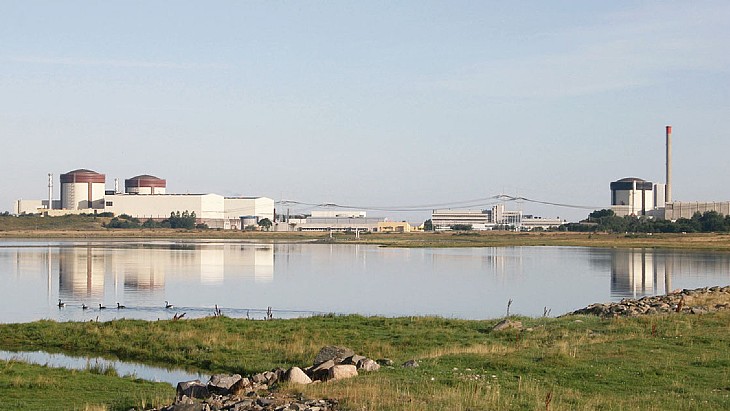
In June 2022, Vattenfall announced it was initiating a pilot study to assess the conditions for proceeding with a decision to build at least two small modular reactors (SMRs) adjacent to the Ringhals plant. It aims to bring the new reactors into operation in the early 2030s.
According to the application for planning permission, the operating area for the plant will accommodate reactors with associated buildings. In addition, an activity area is required with space for workshops, storage, office space, a dining room, sewage treatment plant, emergency services, etc, as well as an outer area that accommodates parking, staff housing, hotels and more. Vattenfall said it will investigate how much of the existing infrastructure at the Ringhals plant will be able to be shared with a new plant.
"In order to be able to build new reactors on the Värö Peninsula, a new detailed plan needs to be drawn up," said Desirée Comstedt, project and development manager for nuclear power at Vattenfall. "Vattenfall is therefore applying for a planning notice from Varberg municipality to draw up such a detailed plan."
The company already owns most of the one-square-kilometre area west of the existing plant at Ringhals. As part of the plans, Vattenfall has started a process to buy properties in the area in question on the Värö Peninsula.
"A future nuclear power plant is supposed to be located in or next to the National Interest Ringhals, an area designated for electricity production and cogeneration," Comstedt noted. "We have carried out a location investigation which shows that this area is most suitable to meet the increasing need for plannable electricity in Sweden as quickly as possible."
Earlier this year, work has been under way for an environmental impact statement, which includes field studies and ground surveys in the area west of Ringhals. A process of requests to reactor suppliers recently began.
"The preliminary study on the conditions for building new nuclear power on the Värö Peninsula is expected to be completed by the end of 2023 and is part of our decision documents for upcoming permit applications with the Radiation Safety Authority and the Land and Environmental Court to build new nuclear power reactors," Comstedt said.
Streamlining the permitting process
In October last year, Sweden's incoming centre-right coalition government adopted a positive stance towards nuclear energy, with the Christian Democrats, the Liberals, the Moderates and the Sweden Democrats releasing their written agreement on policies - referred to as the Tidö Agreement. The agreement said necessary regulations should be developed to create the conditions for the construction and operation of SMRs in Sweden. In addition, the permitting process for nuclear power plants must be shortened.
A bill to amend Sweden's legislation on nuclear power was introduced by the country's government in parliament In early October. It aims to remove the current law limiting the number of reactors in operation to ten, as well as allowing reactors to be built on new sites, rather than just existing ones.
The government announced on 2 November that it has now commissioned an investigator to analyse how the permitting processes for nuclear power can be made clearer, shorter and whether a fast track for nuclear power in the environmental permit process can and should be introduced.
"The government is now taking the next step to provide better conditions for new nuclear power to be built and operated in Sweden," said Climate and Environment Minister Romina Pourmokhtari. "We need to streamline our regulatory framework and our authorities for the applications that may come for new reactors that relate to both conventional reactors and SMRs. This applies to both well-known technology and new technology."
In addition to more efficient permit processes, it is also part of the task of the investigator to propose "fair and appropriate" fees for testing new reactors and to review how the existing nuclear waste system can be developed, the government said. It also includes reviewing the regulation of emergency zones.
The assignment is divided into four different parts. The assignments on permit review and fees are to be completed by 30 December 2024, the assignment on nuclear waste and used nuclear fuel by 29 August 2025, and the assignment on preparedness by 27 February 2026.